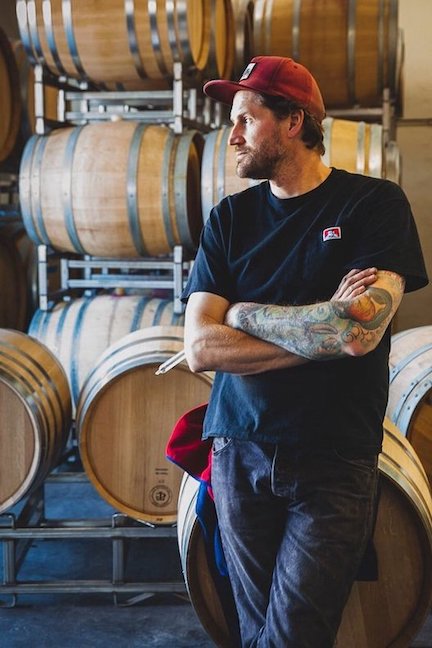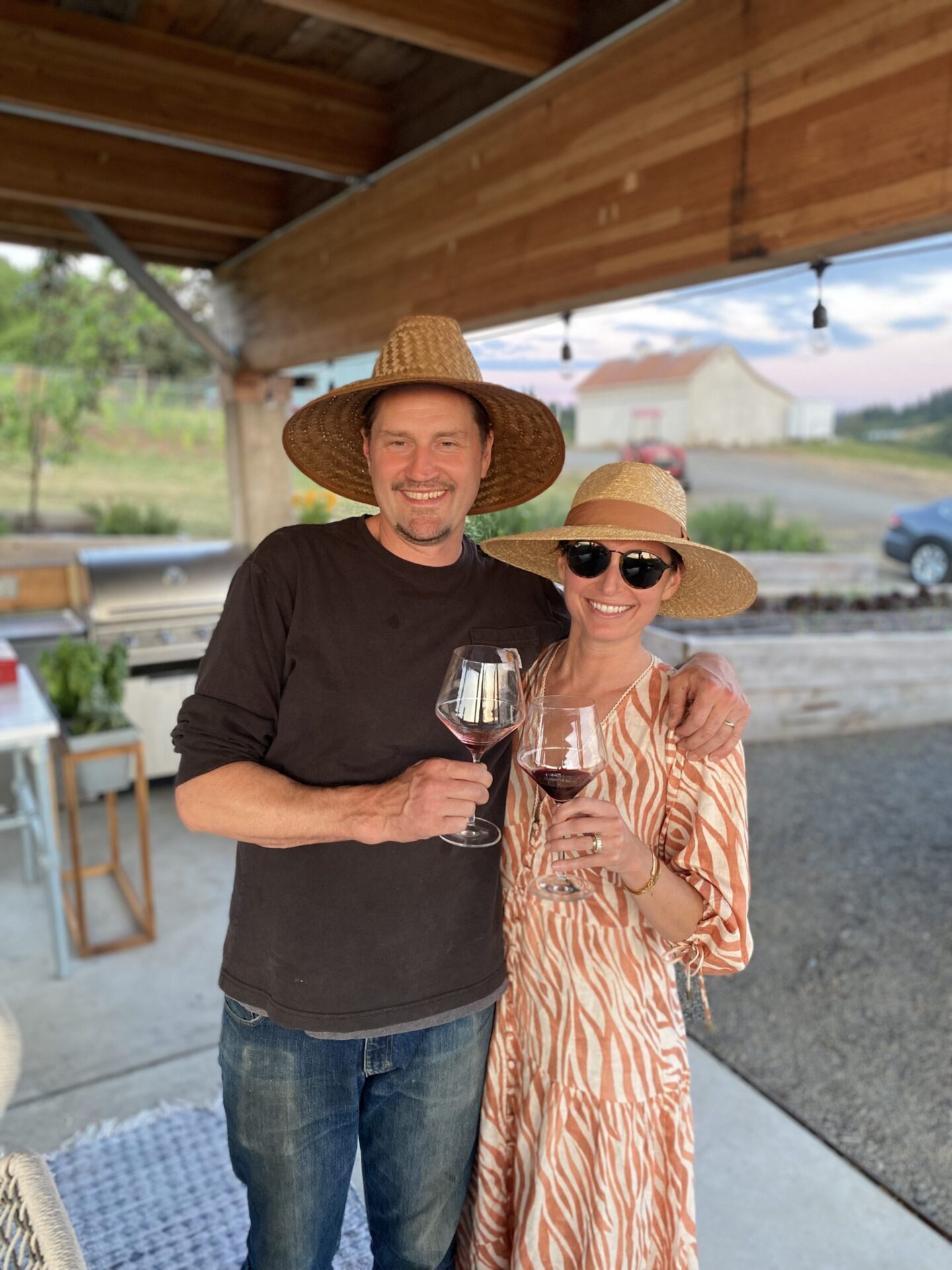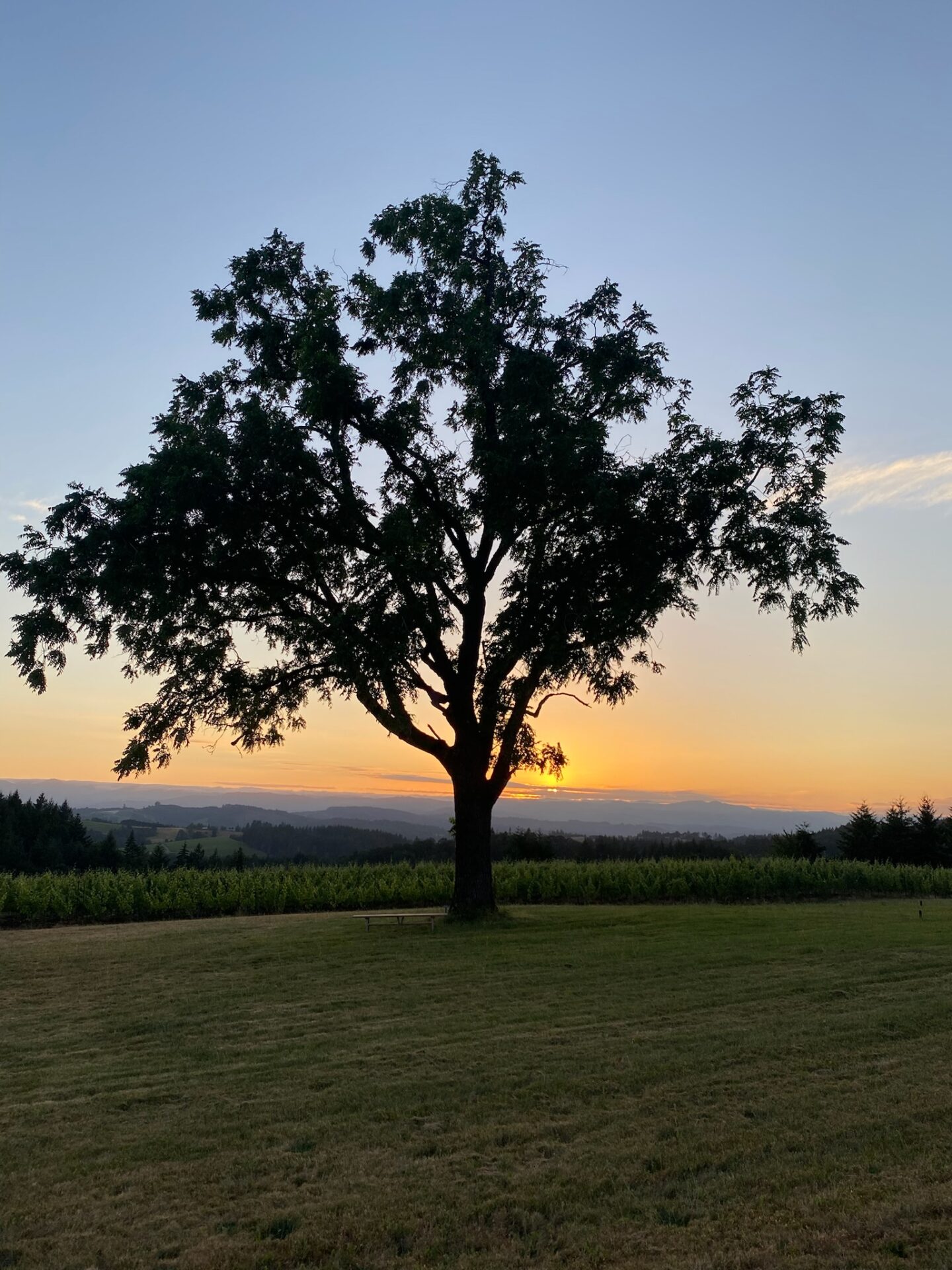2019 Flâneur Willamette Valley Chardonnay
This is not over-oaked California Chardonnay, and it’s not searingly acidic French Chardonnay. It’s Oregon Chardonnay through and through; the perfectly subtle and level-headed middle sister we all wish we’d see more of.
Organic farming practices, dry-farmed, hand-harvested, native yeast fermentation, and unfined/unfiltered.
- Tasting Notes white peach, apple, lemon, white florals, honey, marcona almond, baking spice
- Variety Chardonnay
- Region United States, Oregon, Willamette Valley
- Volume 750ml
- Alcohol Volume 13%
- Table Talk The term "flâneur" originated in Paris in the 19th century to define a curious stroller, a connoisseur of life. People said flâneurs walked at a pace slow enough to be led by a turtle.
$28.00
Out of stock
The term flâneur originated in Paris in the 19th century and defines a curious wanderer, a connoisseur of life. Baudelaire explains, “For the perfect flaneur, for the passionate spectator, it is an immense joy to set up house in the heart of the multitude, amid the ebb and flow of movement, in the midst of the fugitive and the infinitive.” As observers, flaneurs influenced art, literature, and photography. The team at Flâneur Wines considers themselves to be flâneurs at their core. “Passionate artisans joined together by the desire to slow down, observe the world, and create delicious wine.”
The winery began with the idea that winemaking doesn’t need frills. Driven by Oregon’s culture, land, and people, Flâneur strives to share their deep appreciation of nature and the beauty it can bring to wine. Oregon has a variable climate; some years can be wet and cold, others can be dry and warm. Winemaker Grant Coulter wants their grapes to speak for themselves and reflect Oregon’s extraordinary terroir. Grant was head winemaker at Beaux Freres for 8 years and came to Flaneur to express his artistic vision and take risks making wine without the utilization of chemicals or manipulation. Flâneur practices organic and biodynamic farming methods and dry-farms there vines, meaning no irrigation. This makes the grapes work extra hard for water “building character and strength” in the vines for a more intense flavor and aroma profile. The vineyard management team spends every day in the vines making sure they are being properly tended too. During harvest they pick each grape cluster by hand and ensure each grape bunch is carefully assessed during sorting and fermentation. The final product is a collection of wines that tell a story and give consumers a unique experience with each sip.
CHARDONNAY
As one of the most popular grapes for growing and consuming, Chardonnay can be made in a wide range of styles depending on where it is grown and how it is made. These styles can vary from a sparkling Blanc de Blanc, or fresh fermented in stainless steel, to rich and creamy white wine aged in oak barrels. While Chardonnay can flourish in many environments, in its homeland of Burgundy it can produce some of the most remarkable and longest lived examples. Whereas from California it can produce both oaky, buttery styles as well as leaner, European-inspired wines. A Somm secret: the Burgundy subregion of Chablis, while typically using older oak barrels, produces a bright style siThe term flâneur originated in Paris in the 19th century to define a curious stroller, a connoisseur of life. People said flâneurs walked at a pace slow enough to be led by a turtle.milar to the unoaked style with high levels of acidity. Most people who do not like oaky/buttery Chardonnay may likely enjoy Chablis. Notable regions for this grape include Burgundy (and Chablis) in France, Central Coast, Napa, and Sonoma in CA, and Western Australia. When pairing with meals, consider the characteristics, flavors, and acidity of your food first. You always want to try to match the same characteristics and intensities with your wine. No brainer pairing options include seafood, salads, and white meat. Chardonnay, with its vast versatility, is everyone’s best friend.
WILLAMETTE VALLEY, OREGON
The Willamette Valley AVA lies to the west of the Cascade Mountains south of the city, Portland in Oregon. Stretching into Southern Oregon, this region has the largest concentration of wineries and vineyards. With cool breezes from the Pacific Ocean, dry, long sunny days, and cool nights, Willamette Valley is prime territory for growing Burgundian grapes: Pinot Noir and Chardonnay. With the first planting’s back in the 1960’s, this region has grown slowly, but significantly, producing top quality and world-renown wines from mostly small wineries.















